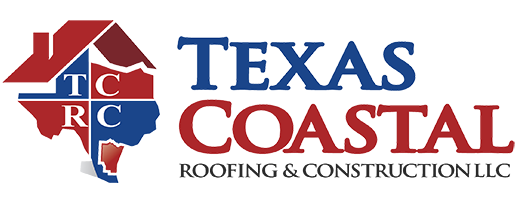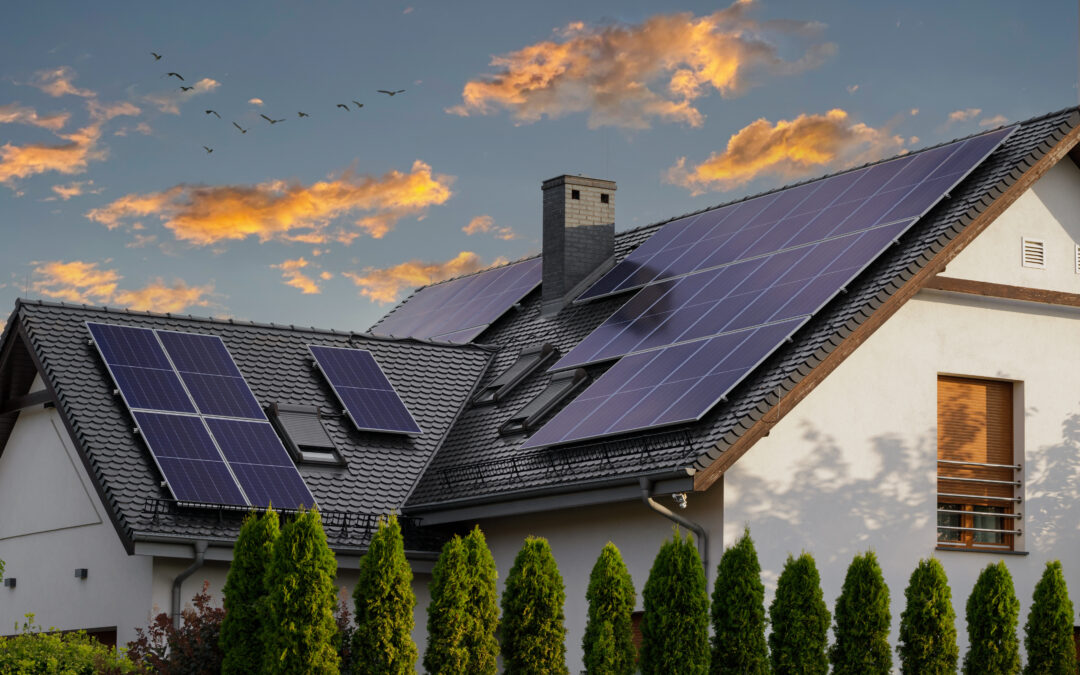Installing solar panels on your home is an excellent investment for both your wallet and the environment. By harnessing the power of the sun, you can significantly reduce your energy bills, lower your carbon footprint, and even increase the value of your home. However, before you take the plunge, it’s essential to understand how solar panels interact with your roof and what steps you should take to ensure a smooth installation.
In this blog, we’ll explore everything you need to know about solar panels and roofing—from assessing your roof’s condition to the installation process, the impact on your roof’s lifespan, and key considerations to ensure your solar system performs efficiently.
1. Assessing Your Roof’s Condition Before Installing Solar Panels
Before installing solar panels, you need to ensure your roof is in good condition. Since solar panels are designed to last 25 to 30 years, it’s crucial that your roof is durable enough to support them for the long haul.
Roof Age: If your roof is nearing the end of its lifespan (around 20–25 years for asphalt shingles), it may need to be replaced before installing solar panels. Doing this ensures you won’t need to remove the panels for a roof replacement later on, saving you time and money in the long run.
Structural Integrity: Your roof must be strong enough to support the additional weight of the solar panels. Solar panels are not excessively heavy, but a professional roofer or solar installer should inspect your roof’s structure to ensure it can handle the load.
Check for Damage: Address any existing roof damage, such as leaks, missing shingles, or cracks, before installation. Solar panels can cover roof damage, making it harder to detect and repair in the future. Fixing these issues beforehand ensures your roof will remain in good condition for years after the solar panels are installed.
2. Is Your Roof Compatible with Solar Panels?
Not all roofs are equally suited for solar panels. Several factors, including roof material, slope, and orientation, can impact the efficiency of your solar energy system.
Roofing Materials: Solar panels can be installed on most types of roofs, but some materials are easier to work with than others.
Asphalt Shingles: One of the most common roofing materials, asphalt shingles work well with solar panels. They are durable, and installation is generally straightforward.
Metal Roofs: Metal roofs are highly compatible with solar panels and, like solar panels, are long-lasting, meaning you won’t have to worry about frequent repairs or replacements.
Tile Roofs: While solar panels can be installed on tile roofs, the process can be more complicated, as tiles are more fragile and may require specialized mounting brackets.
Flat Roofs: If your home has a flat roof, solar panels can still be installed using angled mounting brackets to optimize sun exposure.
Roof Slope and Orientation:
South-Facing Roofs: In the northern hemisphere, south-facing roofs receive the most sunlight, making them ideal for solar panel installation. West-facing roofs also perform well, especially for late afternoon sun.
Roof Pitch: A roof slope of 30 to 45 degrees is generally ideal for solar energy collection. If your roof has a flatter slope or a steeper angle, your solar installer can adjust the panel placement to maximize efficiency.
3. The Solar Panel Installation Process
Once you’ve determined that your roof is in good condition and compatible with solar panels, the installation process begins. Here’s what to expect:
Site Assessment: A solar installer will visit your home to assess your roof’s condition, sun exposure, and any potential shading from nearby trees or buildings. They’ll also determine the optimal layout for your solar panels.
Design and Permitting: After the assessment, the installer will design a custom solar panel system tailored to your roof’s structure and energy needs. They will also handle the necessary permits and ensure that your system complies with local building codes.
Roof Preparation: If your roof needs repairs or reinforcement, this will be done before the panels are installed. Addressing any roof issues beforehand helps avoid costly removal and reinstallation down the road.
Installing the Panels: The installer will mount the solar panels onto your roof using racking systems designed to secure them firmly. The panels are then wired into your home’s electrical system so that the energy they produce can be used directly or stored.
Final Inspection and Activation: After installation, the system will undergo a final inspection to ensure it meets local building and safety standards. Once approved, your solar panels will be activated, and you’ll start generating renewable energy.
4. Will Solar Panels Affect Your Roof’s Lifespan?
A common concern among homeowners is whether installing solar panels will shorten their roof’s lifespan. The good news is that, when properly installed, solar panels can actually **extend the life of the roof** beneath them by protecting it from exposure to the elements.
Protection from the Sun: Solar panels act as a protective shield, preventing the roof under them from being exposed to direct sunlight. This reduces the wear and tear on your shingles, helping them last longer.
Protection from Rain and Hail: Solar panels also provide a barrier that shields your roof from rain, hail, and debris, reducing the impact of storms and other weather conditions.
Ensure Proper Installation: To avoid potential issues like leaks or damage, it’s crucial to hire a professional installer with experience in both roofing and solar systems. This ensures the panels are properly mounted, and all roof penetrations are adequately sealed.
5. How Solar Panels Impact Roof Maintenance and Repairs
While solar panels offer numerous benefits, they do require careful consideration when it comes to future roof maintenance or repairs. Here’s how solar panels impact roof upkeep:
Difficult Access to Roof Areas: Once solar panels are installed, certain areas of your roof may be harder to access for routine inspections or repairs. If your roof requires maintenance in the future, some panels may need to be temporarily removed, which can increase the complexity and cost of the repair.
Panel Removal for Roof Repairs: If your roof needs major repairs, such as shingle replacement, the panels will need to be taken down and reinstalled afterward. For this reason, it’s best to install solar panels on a roof that is in excellent condition to avoid this situation.
Hiring Qualified Professionals: When your roof does require maintenance or repairs, it’s essential to work with professionals experienced in both roofing and solar installations to ensure the system is not damaged during the process.
6. Do Solar Panels Void Roof Warranties?
Homeowners often worry about whether installing solar panels will void their roof warranty. This depends on the terms of your warranty and the installer’s qualifications.
Roof Warranty: Installing solar panels typically won’t void your roof warranty, but it’s important to check with your roofing contractor and review the warranty terms before moving forward. In many cases, manufacturers require that certified installers perform any work on the roof, including solar panel installation.
Workmanship Warranty: Many solar installers offer a separate workmanship warranty that covers any roof damage caused by the installation. Be sure to ask your installer about this coverage to protect your investment.
7. Maximizing Solar Panel Efficiency
To get the most out of your solar panels, it’s important to optimize their performance. Here are a few ways to ensure your solar system runs efficiently:
Regular Cleaning: Dust, dirt, and debris can reduce the efficiency of your solar panels by blocking sunlight. Cleaning the panels periodically will help maintain optimal performance.
Trim Trees for Maximum Sun Exposure: Ensure that nearby trees or branches do not cast shadows on your solar panels, as shading can significantly reduce their energy production.
Monitor Performance: Many solar systems come with monitoring software that allows you to track energy production and system performance in real time. Regular monitoring helps you detect any issues early and address them promptly.
Conclusion
Solar panels are an excellent investment for homeowners looking to reduce their energy costs and transition to renewable energy, but proper preparation is key. Ensuring your roof is in good condition, compatible with solar panels, and capable of supporting the system long-term will help you avoid costly repairs or complications down the road.
By working with experienced professionals and understanding how solar panels interact with your roof, you can enjoy the benefits of clean energy while extending the lifespan of your roof. Investing in both your roof and solar panels can provide long-lasting protection for your home and significant energy savings for years to come.
Contact Us
Texas Coastal Roofing and Construction can help you maintain your roof’s excellent condition. We offer a variety of services. Call us today at (361) 332-1263to learn more. We serve the Corpus Christi coastal bay area including Portland, Rockport, Port Aransas, McAllen, North Padre Island, Kingsville, Mathis and more!


Recent Comments